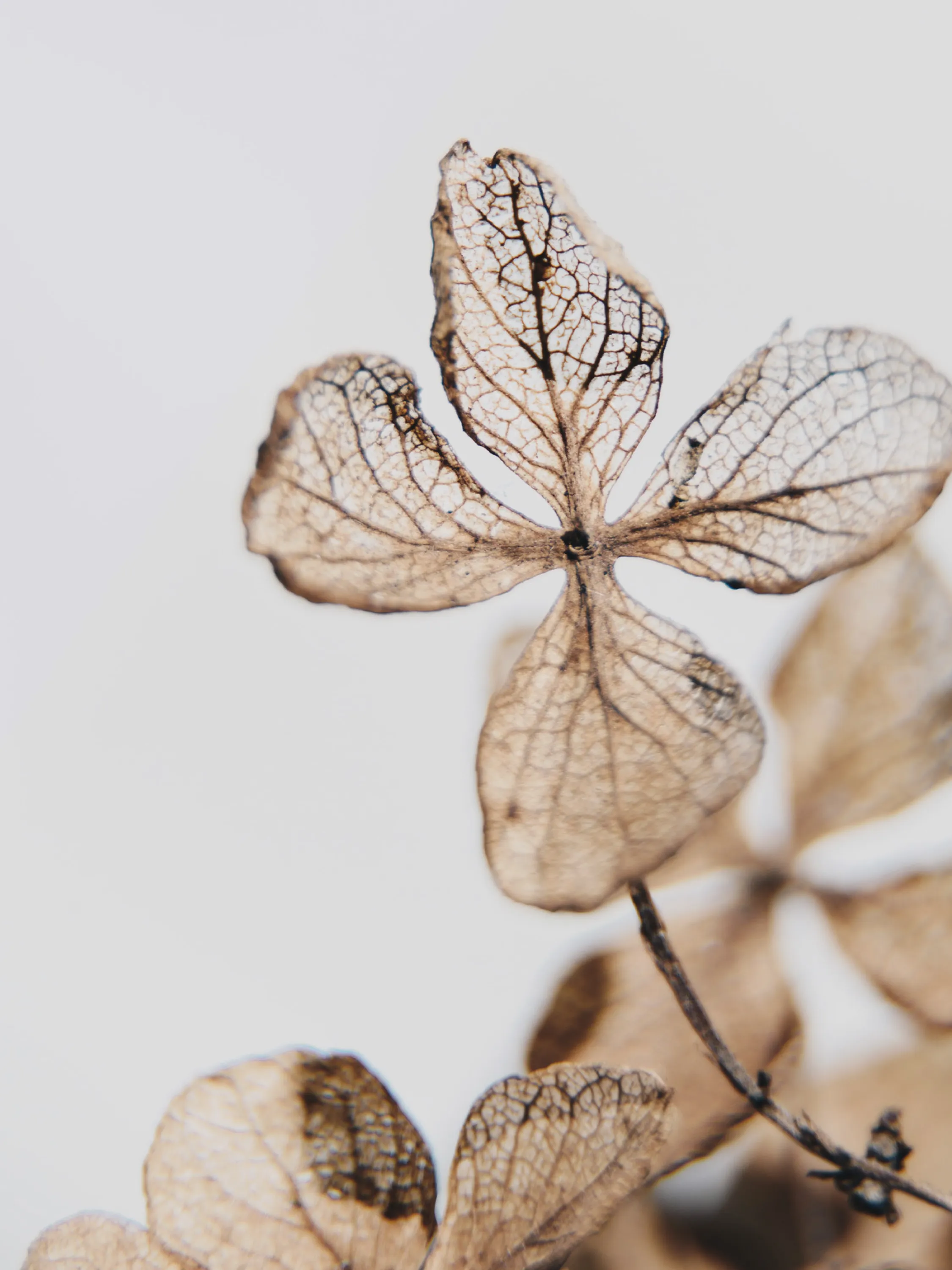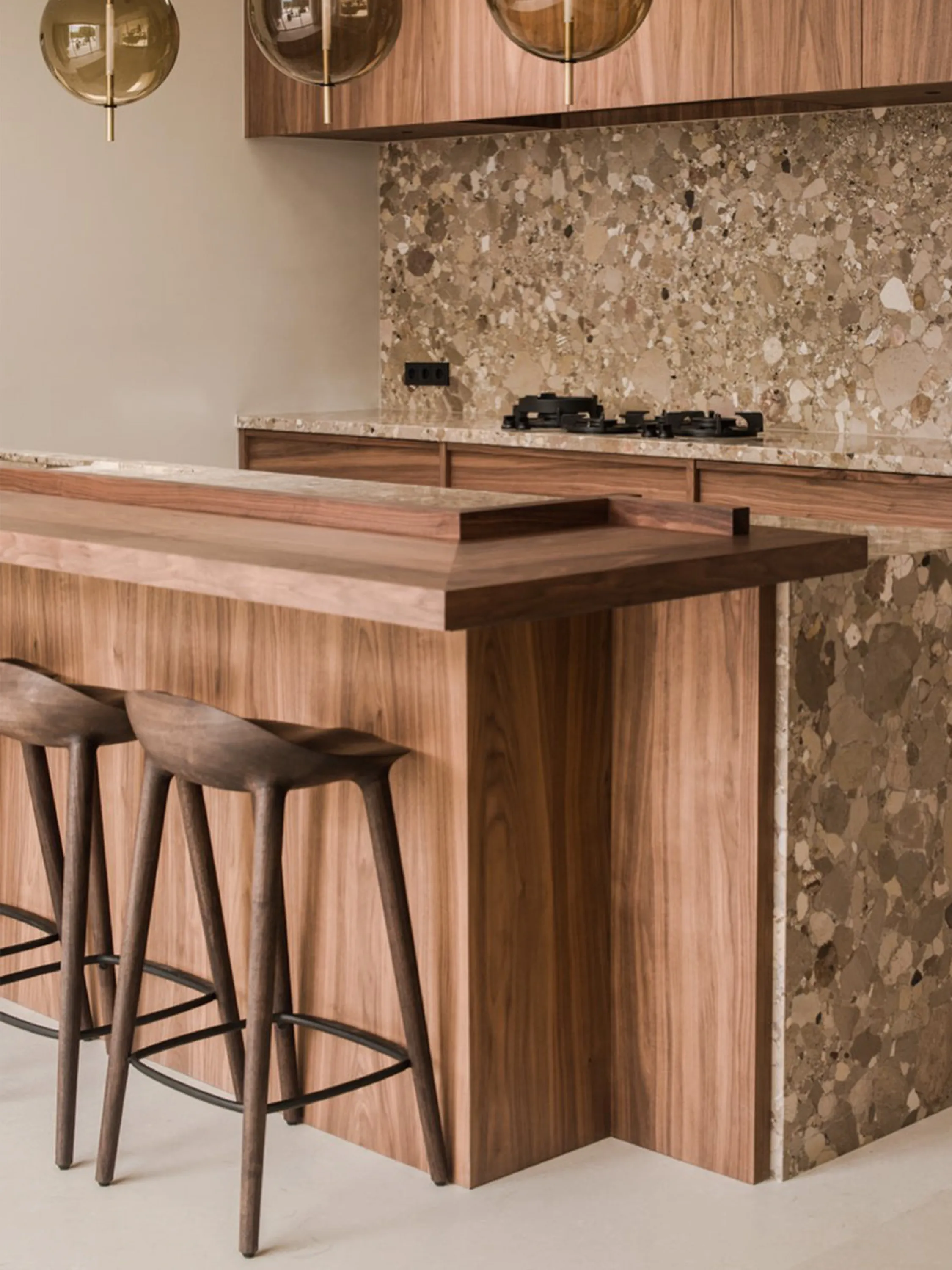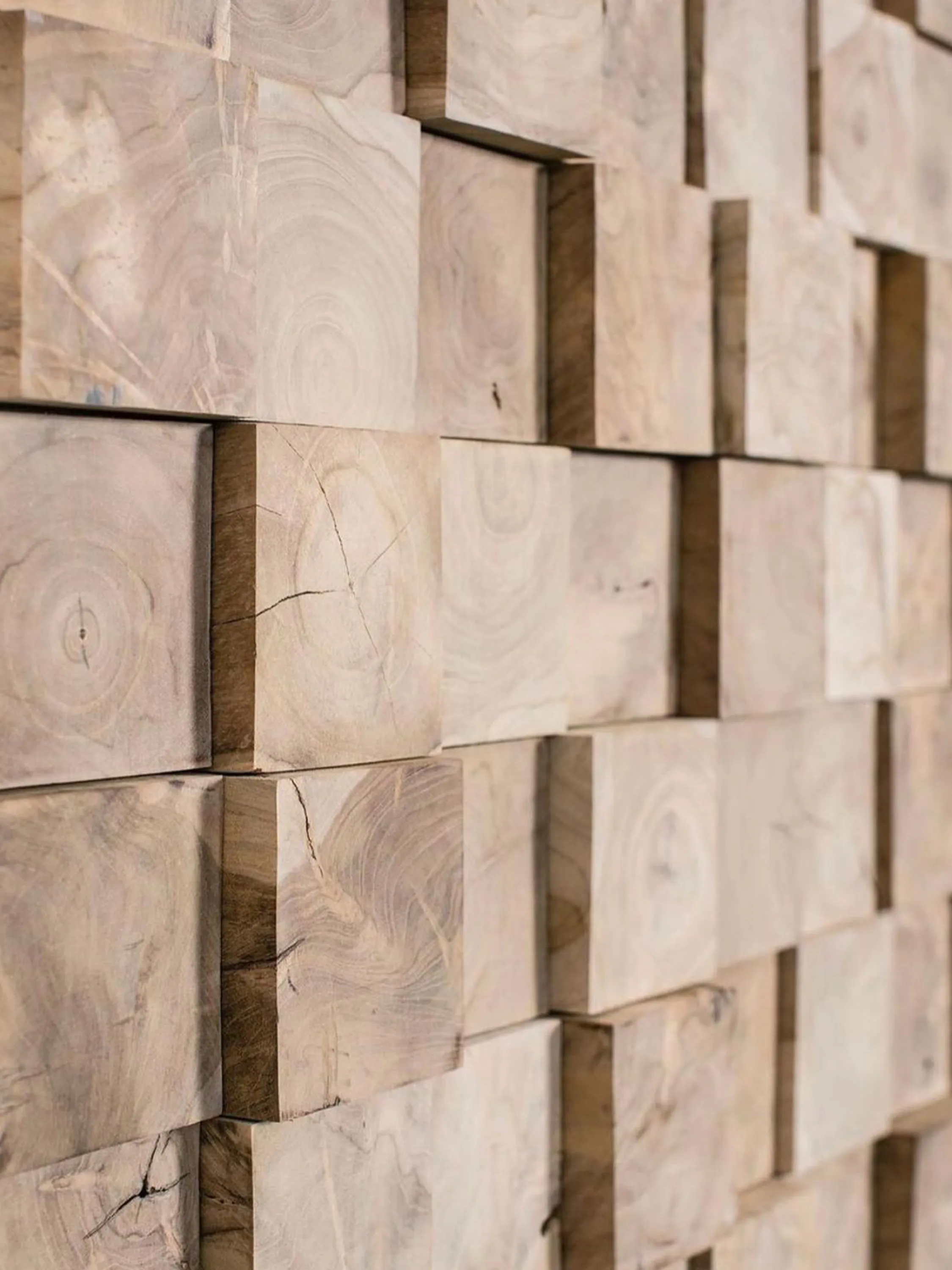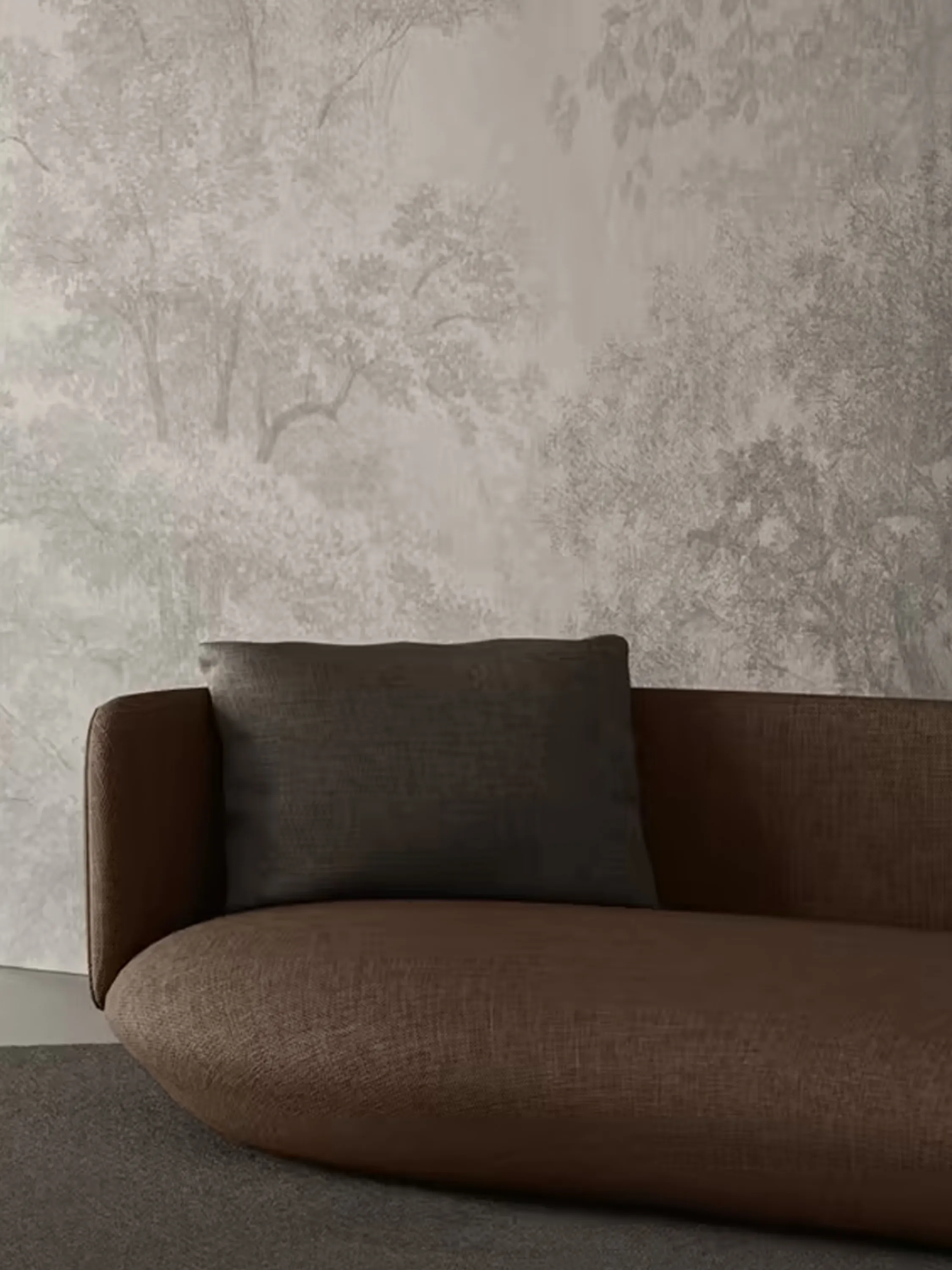Biophilic moodboards: fractals in interiors
A biophilic approach to design advocates for rich spaces. The model is the natural world, whose richness is evident yet always balanced and measured. Fractals are part of the reason.
This episode of Biophilic Moodboards looks into the use of fractals in interior design…

About fractals
Fractals are patterns that originate by repeating one single shape in different sizes, which is why they’re also said to be self-repeating patterns.
The reason why fractals are so fascinating is that they are both complex and ordered: they communicate a sense of structure and mesmerize at the same time, as one cannot find a beginning or an end.
Fractals can be tricky though: if too busy (or high-dimensional), they become overwhelming and stressful. Yet the kind of fractal patterns that can be found in nature is able to engage and soothe the mind. Examples of fractals in nature are everywhere: from leaf veins to the progressively thinner branches in a tree, from snowflakes to pinecones and shells.

Natural fractals in interiors
The texture of natural materials is often inherently fractal. Those materials will then automatically add a fractal feature to the space – even more if the finish is kept close to the original. In the case of wood, this means embracing the graining instead of covering or avoiding it.
Reproducing natural fractals is another option. This can be done through shapes, patterns, or else, recalling nature’s complex forms across architectural shapes, finishes, as well as any other element of a designed space.



As a whole, fractals are an interesting way to add detail and complexity to designed spaces, making them more engaging and more connected to the natural world we all come from.
Further resources:
Available in the shop, anooi’s publications explore the nuances of a biophilic ethos, highlight anooi’s perspective on the topic, and cover the studio’s ongoing research in biophilic thinking and design.